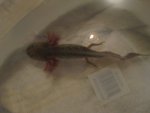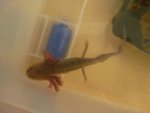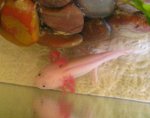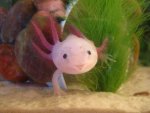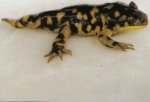peterj
New member
- Joined
- May 7, 2007
- Messages
- 99
- Reaction score
- 3
- Points
- 0
- Location
- Brisbane
- Country
- Australia
- Display Name
- PeterJ
Just wondering if anyone was aware of heritable variations in body shape. In a recent spawn I got a small proportion of what appeared to be short or 'dwarfed' axolotls. If there'd only been one I wouldn't have given it a second thought, but there's definately a few. I've searched this forum and the ambystoma genetic stock centre but haven't found mention of this type of variation so I thought I'd ask if anyone else has had it come up. Here's some picks of a short melanoid and a couple of his siblings for comparison. The heads are of similar size but the regular siblings are considerably longer.
Short Melanoid
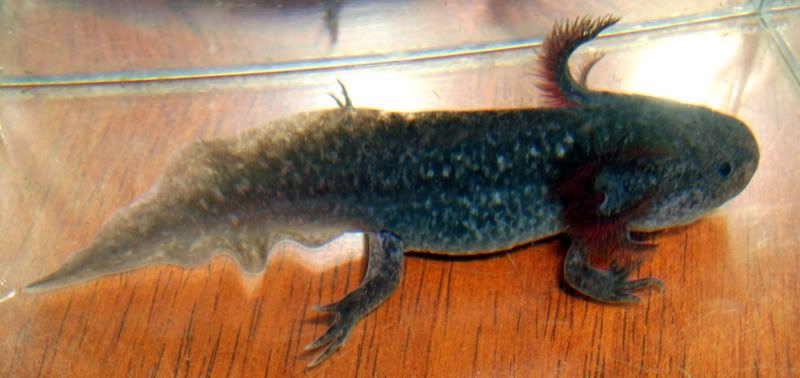
Standard Melanoid
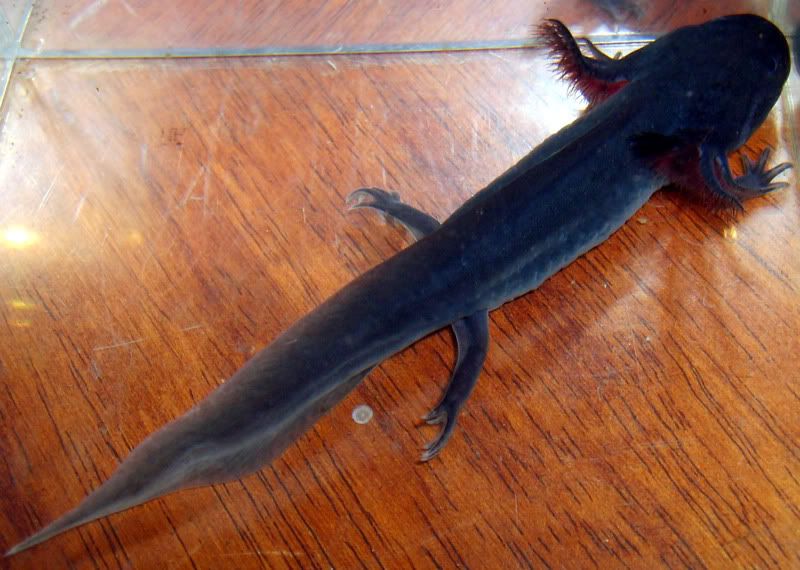
Standard Albino
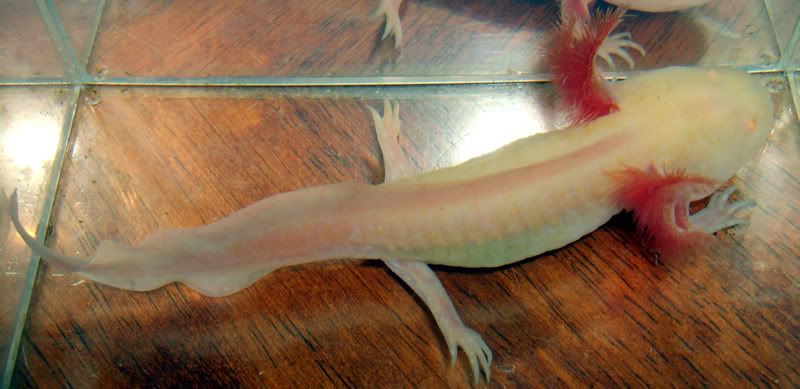
Short Melanoid

Standard Melanoid
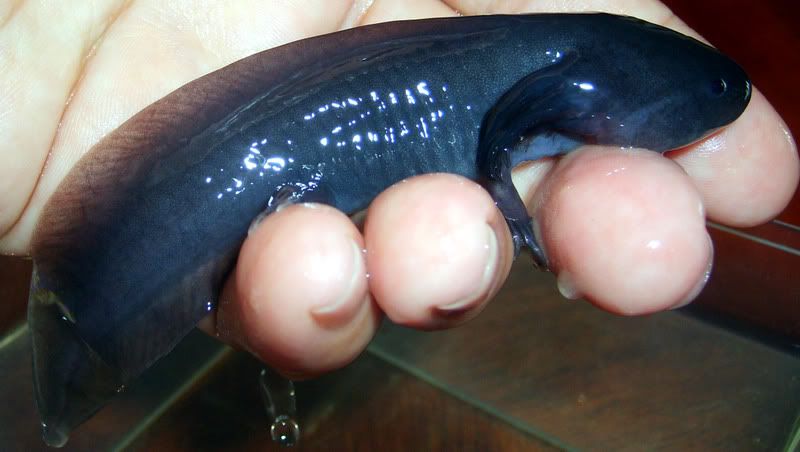
Short Melanoid

Standard Melanoid

Standard Albino

Short Melanoid

Standard Melanoid


